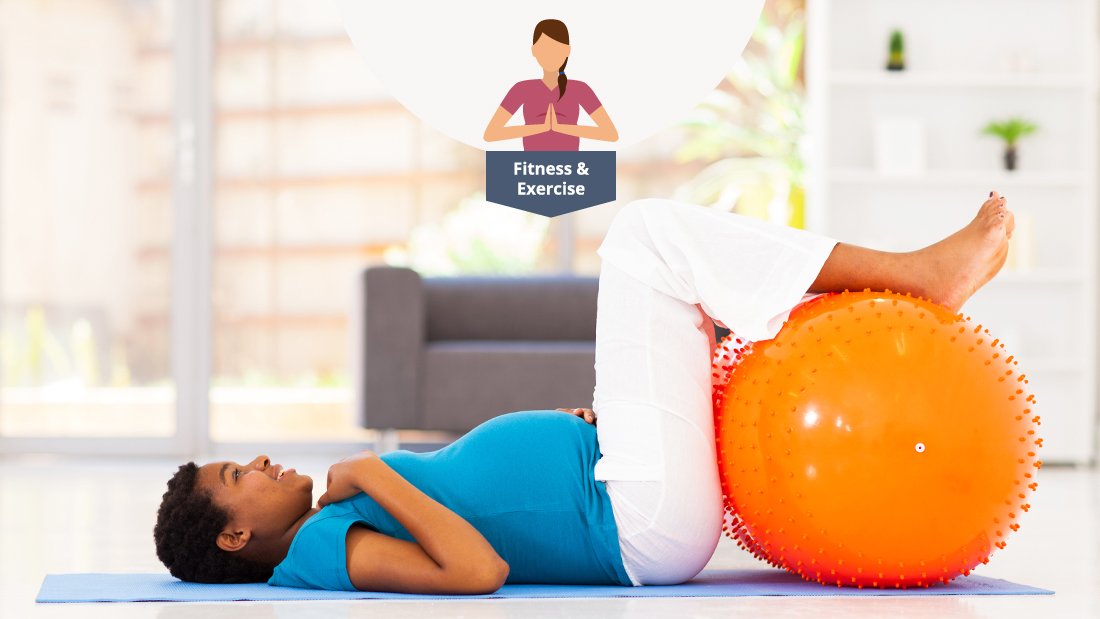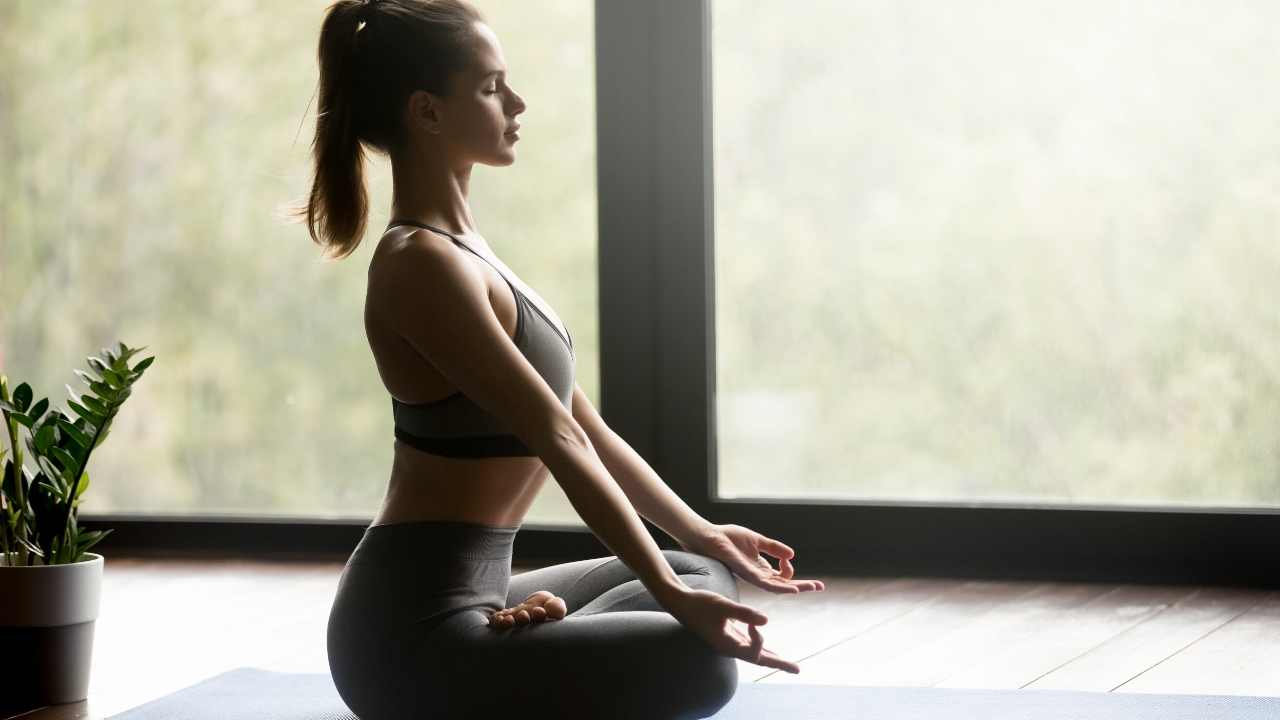
Bitilasana is also known as the Cat Cow Exercise. This posture targets the lower back, neck and shoulders. This stretch will relieve back pain and improve flexibility in the neck and spine. This stretch is especially beneficial for pregnant women. You should always consult a doctor before you perform it.
Start the Cat Cow exercise by lying on your back, on all fours. Keep your knees bent while keeping your hands on the floor. The chest should be lifted towards the ceiling. Next, bend your knees slightly. You will alternate lifting your chin towards the ceiling with arching your back toward the ceiling as you hold this position. Hold the stretch for at least 15 to 30 seconds.
Cat Cow Stretch can also be done on a gym mat or on a hard surface. You should stretch at least once per day to reap the benefits. It is essential to pay attention to your breath in order for proper breathing. It is possible to visualize your breathing as an ocean wave running down your spine. This will help you relax and make sure that the move is performed correctly.

Cat Cow exercises are a great way of increasing flexibility and stress relief. You will also experience better blood flow to your spine. This is particularly important if your back hurts or you are stiff. This helps to balance hormones and relax the lower abdomen. It will give you more mobility and a better posture which will make it easier to do your activities.
The Cat Cow is one of the most common yoga poses for beginners. It can also be used to teach how to move smoothly between poses. It can be done in a moving meditation or just as a stretch. It is particularly useful for pregnant woman, but anyone can use it to relieve back pain.
You can also perform the Cat Cow on your forearms. To ensure the correct hand position and to keep the chin tucked during the movement, you will need to make sure that your hands are properly aligned. Alternately, you could use a mat to support your knees during the stretch. People with neck injuries may find the mat helpful as it helps to align their heads with their torsos.
The Cat Cow exercise can also be performed standing. After mastering the Cat Cow exercise, you can transition to chair yoga. However, you may want to modify the surface you are sitting on, as it may be too uncomfortable for your knees.

Pregnant women can also benefit from the Cat Cow. It strengthens the neck muscles and relieves tension. It increases blood flow to the lower back. Be careful as the exercise could cause injury to your wrists. If you are having any issues with your neck, consult a health care professional before performing it.
FAQ
What are the different types of yoga?
Bikram Yoga, also known as Bikram heated yoga, is the most common type of yoga. Other forms include Hatha, Ashtanga, Vinyasa, Iyengar, Kundalini, Yin, Power Yoga, Flow Yoga, Reiki, Pilates, Restorative, Aerial, etc.
What is the average time it takes to become a pro at yoga?
It depends on which type of yoga you do. Some styles are slower than others. But even if you're just beginning, you can expect to improve over time.
The more you practice, the better you'll become. And you'll notice improvements after just a few weeks of regular practice.
Do I need to be flexible to practice yoga?
It all depends on the type of yoga that you choose. Some styles of yoga require flexibility. Others focus on muscle strength.
Different styles of yoga require different levels of flexibility. Beginners might only need to extend their arms overhead. Intermediate practitioners may have to bend forward and touch their feet. Advanced practitioners may be required to do deep twists and turns.
What are the health benefits from yoga?
Yoga originated in India and is an ancient form of meditation. As a way of improving mental health and fitness, Hindu monks created it over several centuries. Many people turn to yoga for stress relief and relaxation. Many people believe yoga can help them increase their strength and flexibility.
Yoga improves balance, coordination, and is a great exercise option for seniors who want to keep active. It can help to prevent falls or other injuries.
Yoga is good for the heart as it strengthens your cardiovascular systems. This is beneficial if you are obese, have high cholesterol, or have diabetes.
Yoga also reduces stress, anxiety, depression, and insomnia. These conditions can cause chronic pain so it is especially important to practice yoga for those with arthritis and/or fibromyalgia.
As you age, your muscles lose some of their elasticity. Yoga keeps your muscles flexible, strong and flexible. Yoga gives you more energy as you age.
The National Institute on Aging says that regular yoga has been shown to reduce symptoms of depression, such as fatigue and feelings of hopelessness. Yoga can also lower cholesterol levels and increase bone strength, according to the National Institute on Aging.
Yoga can also relieve headaches, back pain, and other issues. Yoga's gentle pace and slow movements make it a great choice for relieving muscle spasms.
What kind music is played at a yoga studio?
Many yoga studios play soft instrumental music during class. This is done in order to foster learning.
Others prefer upbeat music such as hip hop, jazz, and rock.
Be mindful of what you listen to. Music can distract from our practice.
What is the best way to start yoga?
For lying down, you'll need a mattress (some of them foldable), some loose clothes, and a towel or blanket.
In addition, you may also need some props such as blocks, straps, bolsters, blankets, or towels for certain poses.
In general, however you won't need anything. You must have a desire for positive change in your life and be willing to dedicate yourself to yoga.
Statistics
- Lock in 25% off your Founding Member rate. (corepoweryoga.com)
- A 2020 review of 27 studies (1,805 total participants) of yoga interventions in children or adolescents found reductions in anxiety or depression in 70 percent of the studies, with more promising results for anxiety. (nccih.nih.gov)
- Gentle yoga has been shown to ease some of the discomforts of tender, swollen joints for people with arthritis, according to a Johns Hopkins review of 11 recent studies. (hopkinsmedicine.org)
- About one in seven U.S. adults practiced yoga in the past 12 months, according to a 2017 national survey. (nccih.nih.gov)
- The people in the yoga group were 37 percent more likely to have quit smoking by the end of the 8-week program. (nccih.nih.gov)
External Links
How To
Where is the best spot to practice yoga?
There are no wrong or right ways to practice yoga. Every person is different. The most important thing is to feel at ease in the positions you choose.
Here are some commonly used positions:
Standing poses – Standing poses are perfect for beginners. These poses make it easier for you to focus on your breath.
Forward bends – Forward bends can be used to loosen tight areas in the body. Try them while sitting or lying down.
Backbends: Backbends can be considered advanced poses. You should consult your instructor before you attempt one.
Inversions-Inversions are a pose that requires you to balance your body upside down. This type of yoga can be challenging but rewarding.